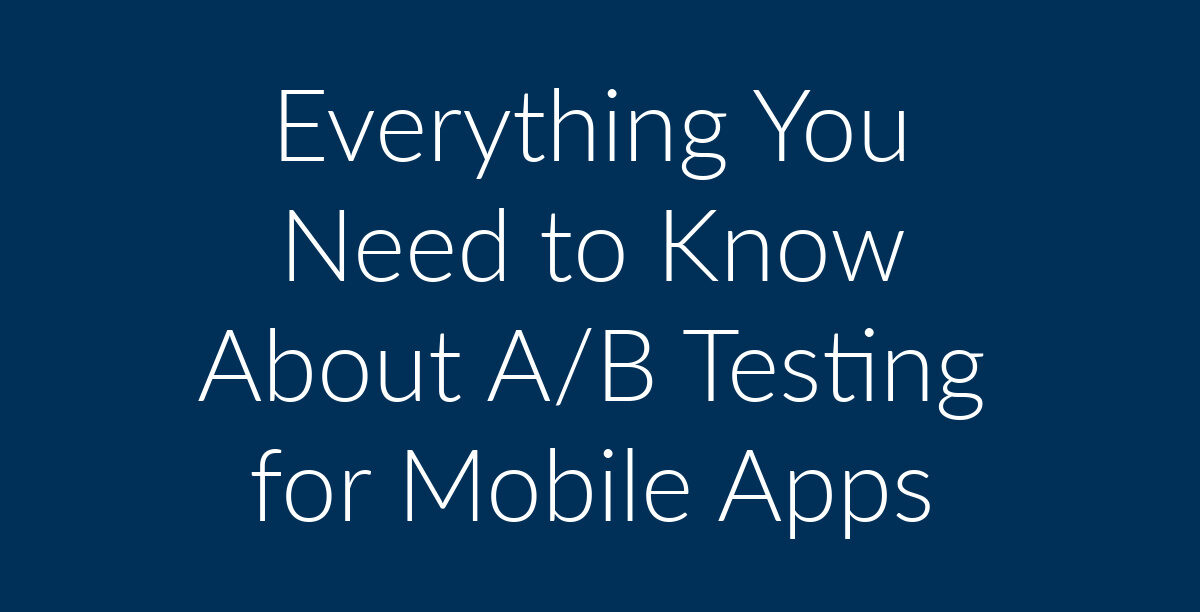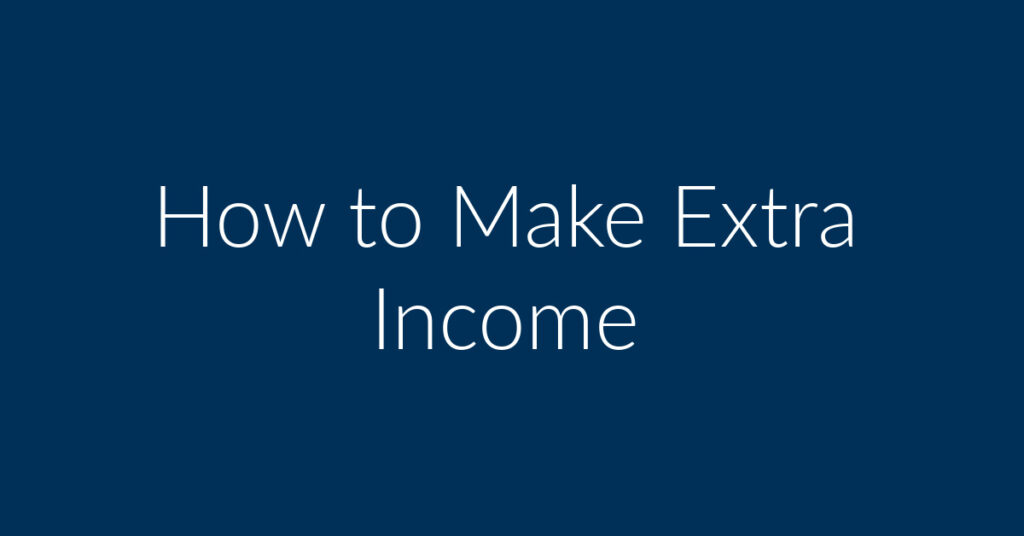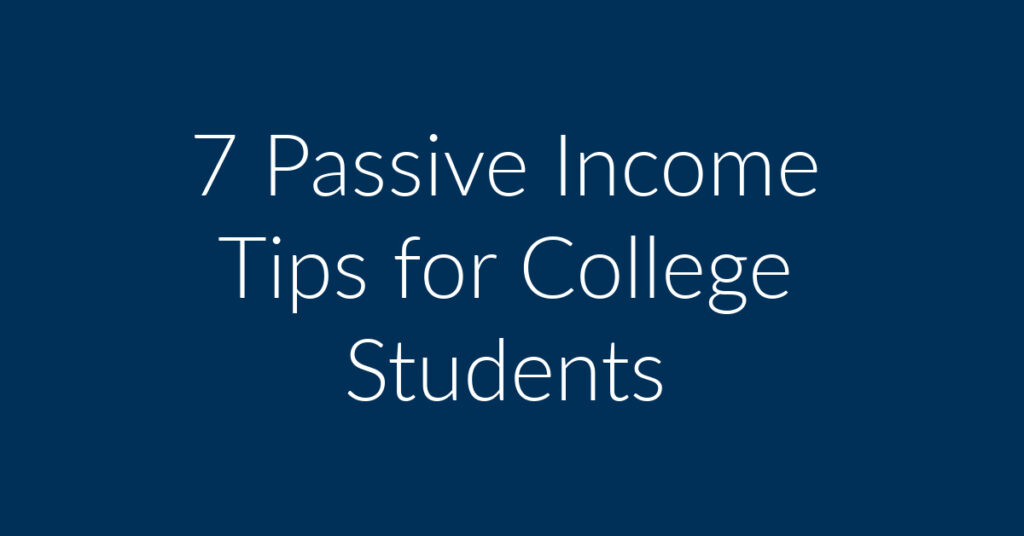The app market is an increasingly competitive platform. App developers must enhance their app and marketing optimization skills to stay ahead of the curve. Make it a priority to learn how to A/B test your mobile app to get the highest possible conversion rates.
Some developers have seen as much as a 550% increase in conversions after implementing results from A/B tests, also known as split testing. This testing provides clarity on what converts, what doesn’t, and how you need to switch up your efforts. Here’s everything you need to know about A/B testing for your mobile app.
What Is A/B Testing, and How Does It Help?
A/B testing your mobile app allows you to segment an audience into several groups and track how various changes affect user behavior. A sampling of users is presented with the current option or preferred as a baseline, and another group is given the “B” variation.
You then track user interactions and conversion rates to narrow down what makes the best possible user experience. The most successful test can then be implemented across the whole user base or in the final campaign.
For example, if your campaign goal is to increase downloads of a driver’s education app among a specific demographic, you can test two types of ads in a small group of that demographic. This allows you to get targeted results rather than dumping money into a wider pool of users with more unpredictable results.
As each test reveals their conversion rate, you can switch to the more popular ad and test a different feature such as messaging, graphics, or other content. Then, test again! This process continues until you have the highest possible converting ad or product.
When deploying A/B tests, make sure you have developed a working theory before you start. This will give you actionable insights and improve your tests over time and create a pattern for the best way to achieve your goals.
How Will We Benefit From A/B Testing?
Using the A/B method for testing mobile app software is standard practice. The analysis this testing provides gives marketers an increased level of confidence in their strategies before they deploy a campaign.
As previously covered above, that test would help you discover how to boost downloads without absorbing too much of your marketing budget. But the benefits don’t stop there! Here are a few other benefits to A/B testing for mobile apps:
For example, you can:
- Observe how existing users receive and adapt to a new feature
- Learn more about user behavior
- Optimize platform engagements
- Learn what works among different demographics
Split testing is a well-established and straightforward way to eliminate the guesswork of launching and rely on targeted data to plan future campaigns and features.
A/B Testing Tools for Mobile Apps
There are two primary categories for testing that most app developers use. They work similarly but serve very different functions.
Testing In-App Functions
This is where you test changes to the app software with metrics like session time, retention rates, and engagement rates. For example, the Zutobi app calculates student success rates and scores on the motorcycle practice exams to determine student progress and the effectiveness of the program.
Split testing in-app functions can help you determine the effectiveness of descriptions, screenshots, prices, headlines, icons, search results, instructions, and more!
Marketing Campaign Tests
As in the example described above, A/B testing for a marketing campaign allows you to test two different ads as they essentially compete against each other.
Running them together in small portions of the target demographic, each with a different element of copy, graphics, or content, allows you to save some of your ad spend for the final campaign. This means your final campaign will be run with only the most optimized ad or ads possible.
Before Your Test
Before you start running a split test, do your research! First, establish what your overall goal and working theory are for this test. An example of a working theory would be: “If we do X, then Y will happen” or “If we don’t do X, then Y will happen.”
You need to answer these three driving questions:
- What variants are you testing?
- Who makes up the target demographic?
- What are your next steps after the initial tests?
A/B Testing for Mobile Apps Best Practices
Now that you have your theory and direction, there are a few other elements to frame before performing your tests.
Test Only One Thing at a Time
You cannot test a graphic and copy A against a different graphic and copy B. How will you know why A or B converted higher and what you should replicate? You won’t. Consistency is crucial!
Set Up for After the Click
Each test will need a custom landing page adapted to the original variation. Why they clicked should be a consistent theme and remain the only variation between A/B tests.
Drive Targeted Traffic
You have already determined your target audience, and now you need to drive traffic to your ads and landing pages. Make sure you’re driving enough traffic to generate accurate results. If your pool is too small, one ad could just be lucky.
Track Everything
Now you will calculate your key performance indicators (KPIs) and compare results from both tests. Depending on your test goal, measure installs, clicks, registrations, time on the page, etc.
A/B Test Results
Do you have a winner? If there is not enough difference in the results to determine a winner, change a different variant and run the test again. Make sure you allow your tests to run long enough to get comprehensive results.
A/B Testing Tools
There are several reliable tools to help streamline A/B testing and tracking. This can be a tedious and detailed process, and the right tool could save you a significant amount of time and money.
Check out these platforms:
Testing is essential for improving user experience and increasing installations. Go test and grow your mobile app!
Author: Leo Waldenback
Leo Waldenback is the co-founder of Zutobi, a gamified e-learning platform focused on online drivers education to help teens get their license. Leo founded Zutobi to make world-class driver’s education fun, affordable, and easily accessible for all.



